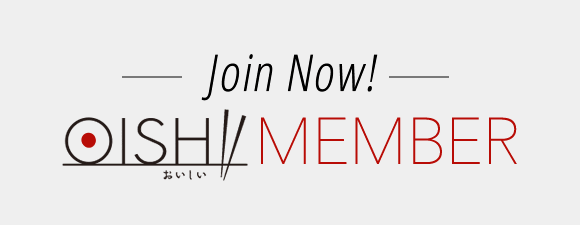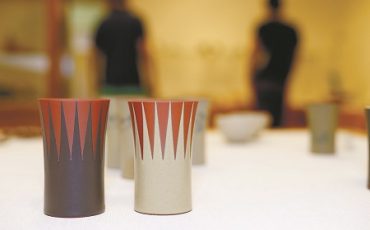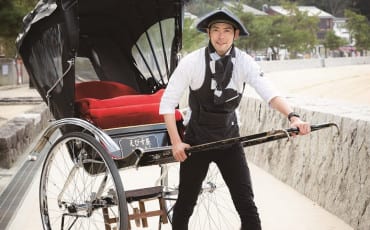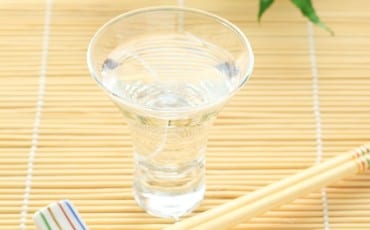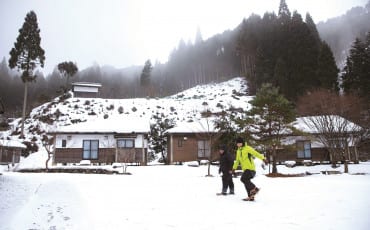- OISHII
- OISHII Wiki
- Dishes
- Soba
OISHII Wiki
Dishes
Soba
Soba, or buckwheat noodles, is made up of primarily buckwheat flour and some wheat flour. You wouldn’t be faulted for thinking buckwheat is a type of wheat; however, it is actually a plant whose name is derived from the close resemblance of its fruit to a triangular nut called Beech-nut.
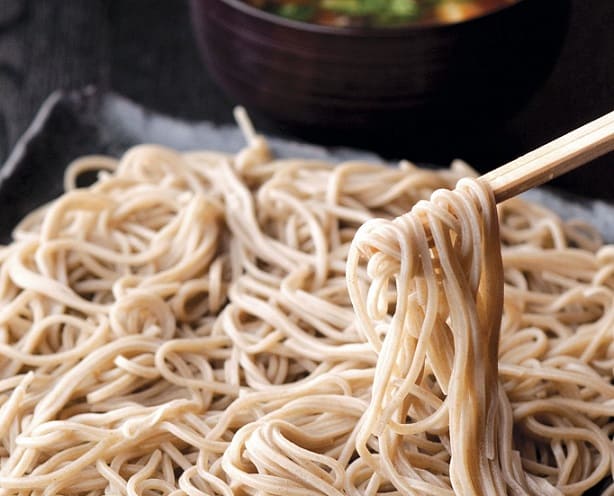
Buckwheat is especially rich in vitamin B, making soba the healthier and more nutritional noodle of choice. Buckwheat also gives soba its lovely nutty flavour as well as its slight brittleness; the latter is easily resolved by adding wheat flour to hold the noodles together.
Its origin can be traced back to the Jomon period (10,000 BC – 300 BC) in Prehistoric Japan, but production of buckwheat flour really flourished during the Edo Period, when soba became a main staple in the region of present-day Tokyo.
There are many types of soba, the most famous of which is soba from the Shinshu region, Nagano prefecture. Another popular variety is the Nihachi soba, which is made up of eight parts buckwheat flour and two parts wheat flour. The most prized of soba, however, is made purely of buckwheat flour for that added hit of flavour – perfect for those of you looking for a gluten-free alternative. Other varieties of soba include cha soba (flavoured with green tea), hegi soba (flavoured with seaweed), and jinenjo soba (flavoured with yam flour).
While soba can be served hot or cold, one of the most unique and fun ways of eating soba is known as wanko soba. Hailing from Iwate Prefecture, the entire experience of wanko soba feels almost like an eating competition. Typically, you’d have a waiter standing by with a large tray filled with tiny bowls of cold soba — each serving is just enough for one mouthful — which will be systematically passed on to you one bowl at a time after you’re done with yours. On average, women can finish up to 40 bowls, while men, up to 70!
(TEXT TAN LILI)

